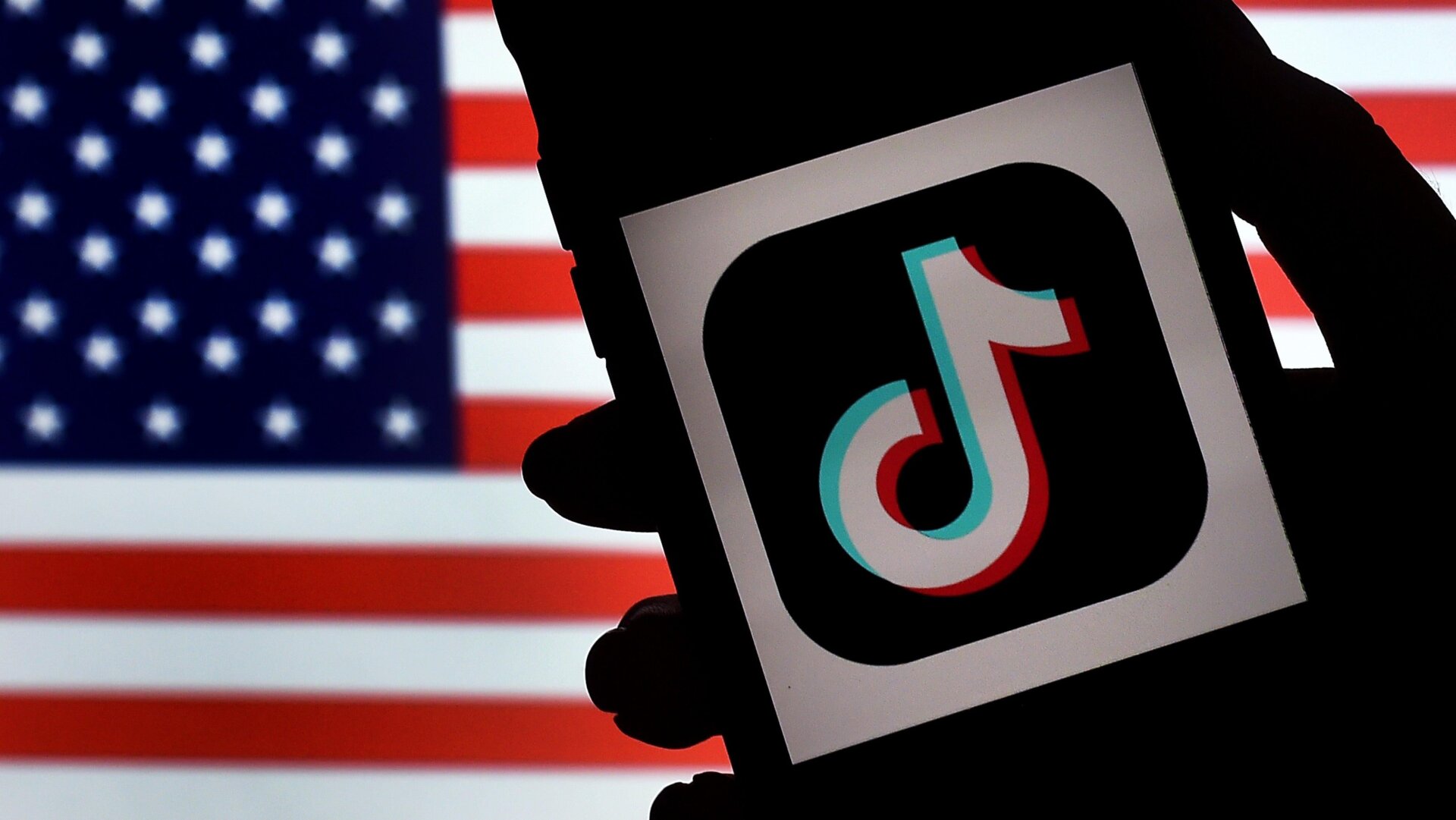
TikTok’s Troubling Algorithm: Amplifying COVID-19 Misinformation Despite Pledges to Combat It
TikTok, the ubiquitous short-form video platform famed for its viral dance trends and catchy memes, is facing increasing scrutiny for its role in spreading a far more dangerous form of content: misinformation, particularly concerning the COVID-19 vaccines. Despite repeated claims and implemented measures aimed at curbing the spread of false information, reports suggest that TikTok’s algorithm is actively amplifying lies and conspiracy theories related to the pandemic and vaccinations, potentially reaching its vast user base of over a billion people.
A recent investigation by Media Matters, a media watchdog organization, has shed light on the extent of this problem. Their research indicates that, despite TikTok’s community guidelines explicitly prohibiting the dissemination of health misinformation, the platform’s algorithm frequently promotes videos containing false and misleading claims about COVID-19 and the vaccines.
The Media Matters investigation involved actively engaging with anti-vaccination and COVID-19 misinformation on the platform. Researchers watched relevant videos in their entirety and "liked" them, signaling an interest in the content to the TikTok algorithm. The results were alarming. The algorithm quickly began to populate the test accounts’ "For You Page" – the primary landing page for algorithmically recommended content – with a steady stream of videos that almost exclusively featured anti-vaccination propaganda and COVID-19 hoax content. This demonstrates how easily the platform’s algorithm can be manipulated to create echo chambers of misinformation, where users are constantly bombarded with false narratives that reinforce their existing biases.
Furthermore, Media Matters tracked the performance of 18 specific vaccine misinformation videos on TikTok. At the conclusion of their research, these videos had collectively amassed over 57 million views. The tracked content included egregious examples of misinformation, such as a video falsely claiming that unvaccinated children and elderly individuals would be permanently removed from their homes (which garnered 3.9 million views) and another promoting a bizarre hoax about "vaccine bandits" who would inject unsuspecting individuals with vaccines on the street (reaching 6.3 million views). These are just a few examples of the dangerous and easily-spread misinformation flourishing on the platform.
TikTok has been publicly vocal about its commitment to combating COVID-19 disinformation since the beginning of the pandemic. The platform partnered with the World Health Organization (WHO) to provide users with "trustworthy information" and "dispels myths around COVID-19." TikTok also implemented an "in-app notice" that appears when users explore hashtags related to the virus, providing direct access to the WHO’s website and local public health agencies while simultaneously reminding them to report content that violates the platform’s Community Guidelines.
Despite these efforts, the evidence suggests that TikTok’s algorithm is still failing to effectively prevent the spread of harmful misinformation. This raises questions about the platform’s priorities and its ability to balance the demands of engagement and content moderation. Is the drive for increased user engagement and ad revenue overshadowing TikTok’s commitment to providing accurate information and protecting its users from harm?
The consequences of TikTok’s failure to address COVID-19 misinformation are potentially devastating. The spread of false information about vaccines can lead to decreased vaccination rates, which in turn can prolong the pandemic, increase the risk of severe illness and death, and strain healthcare systems.
Moreover, TikTok’s user base skews young, making them particularly vulnerable to the persuasive power of misinformation and propaganda. Children and adolescents may lack the critical thinking skills necessary to discern credible sources from unreliable ones, making them more susceptible to manipulation. The responsibility to protect these vulnerable users rests squarely on the shoulders of TikTok.
The platform’s failure to effectively address misinformation is not unique. Other social media platforms have also struggled to balance free speech with the need to protect users from harmful content. However, TikTok’s popularity among young people and its reliance on an algorithm that can easily be manipulated make the platform particularly susceptible to the spread of misinformation.
Like all social media platforms, TikTok has a critical responsibility to protect its users from harmful lies and medical disinformation. Given the age of TikTok’s average user, making them more vulnerable, this responsibility is more urgent. Until TikTok gets it act together, COVID-19 disinformation will continue to spread, undermining public health efforts and putting lives at risk.
The road ahead is undoubtedly long and challenging. However, the least TikTok could do is to prioritize the health and safety of its users by fully delivering on its promises to clamp down on COVID-19 misinformation. This requires a significant investment in content moderation, algorithm transparency, and collaboration with public health experts. Only then can TikTok truly claim to be a responsible and trustworthy platform.
